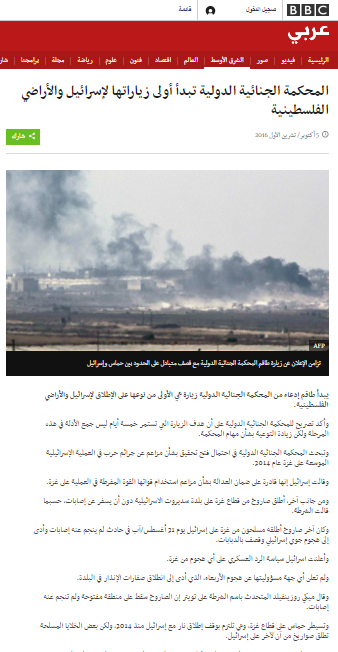Leaving the area of Mashabe Sadeh behind and continuing south on Route 40, I passed Kibbutz Sde Boker (where Ben Gurion and Paula spent the last years of their lives and are buried).
Shortly after passing Midreshet Ben Gurion I turned off the road to see a winery in the desert – the Carmey Avdat Winery, named after Avdat, one of the great Nabatean cities of 2,000 years ago, the ruins of which are close by. It was quite amazing to see these vines laden with grapes growing among the stones of the desert in the immense heat, with quail running between the rows.
This boutique winery was founded by Hannah and Eyal Izrael in 1998 when they found a hidden riverbed with the remains of a Nabatean farm and vineyard. Today these modern Nabateans irrigate the vines largely with water collected in the terraces above the farm in winter just as the ancient Nabateans did. Water used for other purposes is recycled. Power to the farm buildings, wine cellar, and guest rooms is provided by solar panels. The little winery produces quite a wide range of wines which can be purchased on-line as well as at the winery, and during our visit we were shown packages being made up for shipping to addresses in the United States.
But then it was time to head on towards the real goals of my trip – the immense wadi of Ein Avdat and Avdat itself. Approaching Ein Avdat from the southern end, off Route 40, one is initially hardly aware of what awaits. The view from the sheer edge of the deep wadi is magnificent. The ledges and little caves are populated by birds constantly flying past in search of insects and mayflies were abundant. The entrance is at the north end, from Midreshet Ben Gurion.
Five kilometers or so further south one gets a first sight of Avdat, the Nabatean city built originally in 200 BCE as one of several to protect the spice route from Saudi Arabia to the shores of the Mediterranean and onwards. It is now recognized as a UNESCO World Heritage site and flies the UNESCO flag next to the Israeli flag. You can see caves that were once occupied that have been discovered on the lower slopes of the hill.
Avdat was taken over and fortified by the Romans who valued the location due to its commanding position overlooking the spice route and wide expanses of the Negev.
In time, as Christianity spread, two churches were built in the 4th century CE. Four winepresses have been found; evidence of a local wine industry with wine made from grapes locally grown on farms like Carmey Avdat, even though the Nabateans did not drink wine – apparently to prevent the secrets of their wine-making being revealed by drunken citizens and as a form of abstinence. An earthquake in the 7th century largely destroyed the city.
Restoration has been ongoing, and some metals sculptures have been put in place to give a sense of caravans nearing the city and activity in the market place. Sadly, much of the restoration work was undone by vandals. It is suspected that nearby Bedouin pulled down restored buildings in a protest against government resettlement policies.
The city is far larger than it appears from below, as this view towards the main caravansary shows.
At the bottom of the hill there is a gas (petrol) station, a café and coffee bar and – utterly incongruously – what may be the loneliest McDonald’s restaurant on the planet.
After a quick meal, I turned south towards Mitzpe Ramon, now only a few miles south. The famous crater marks the edge of the little town. A common misconception is that the crater was formed by a meteorite – in fact it was formed by a combination of ancient volcanic activity and erosion by rain over the millennia.
The town – seen here from the lookout at the edge of the crater – baked in the afternoon heat.
I noticed some interesting apartments being built along the edge of the crater –this is a new luxury hotel complete with en suite swimming pool in some suites. Staying there may provide the best chance to see the crater in the early morning or evening light, when the colors on the rocks below will be at their most vivid and provide time to tour the crater at the bottom. Although we did not see them, apparently Ibex often climb from the crater into town and walk along the streets.
But it was getting late, and time to head back to the kibbutz to pack, and sadly head home till the next visit. With every visit there seems to be more and more to discover – so next time perhaps I’ll need to set aside time to walk through the wadi at Avdat and the Ramon crater.














